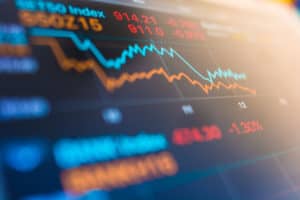 Goldman Sachs has confirmed it has expanded its product universe for the SIGMA X multilateral trading facility (MTF) to include emerging markets.
Goldman Sachs has confirmed it has expanded its product universe for the SIGMA X multilateral trading facility (MTF) to include emerging markets.
The investment bank said that it will incorporate emerging markets on the SIGMA X MTF, and has recently gone live with the Czech Republic and Hungary as part of the expansion. With the new markets, SIGMA X MTF now offers trading in 3,100 instruments across 16 countries.
“SIGMA X anticipates that this addition will aid members in their ability to execute these typically more volatile instruments within the benign environments of SIGMA X auction and non-displayed books,” Goldman Sachs said in a statement.
Since launching the new markets in late-May, statistics from the institution revealed that average auction size on Czech Republic and Hungary reached €20,700 and €8,800 respectively. The average auction size for both markets exceeded the average auction size across all SIGMA X markets, which totalled €7,500.
Goldman Sachs added that its members have also continued to use its SIGMA X market data for large in scale (LIS) trading. The Hungary and Czech Republic auctions also increased on average by 45% and 30% respectively due to new orders joining during the SIGMA X auction call. The largest trades executed stood at €49,200 and €113,600 respectively.
News of Goldman Sachs’ move to expand into emerging markets with SIGMA X MTF follows a recent record for the venue’s periodic auction. Goldman Sachs saw a record trade of $24.1 million executed on the SIGMA X periodic auction on 27 May, which was executed in a single auction call with the trade size increasing from $1.7 million at the auction initiation phase, to $24.1 million at auction uncross.
The bank also said at the time that SIGMA X MTF is increasingly seeing auctions result in LIS-sized trades, and the percentage of LIS activity in the periodic auctions surged from around 7% in February, to highs of 15% in April.